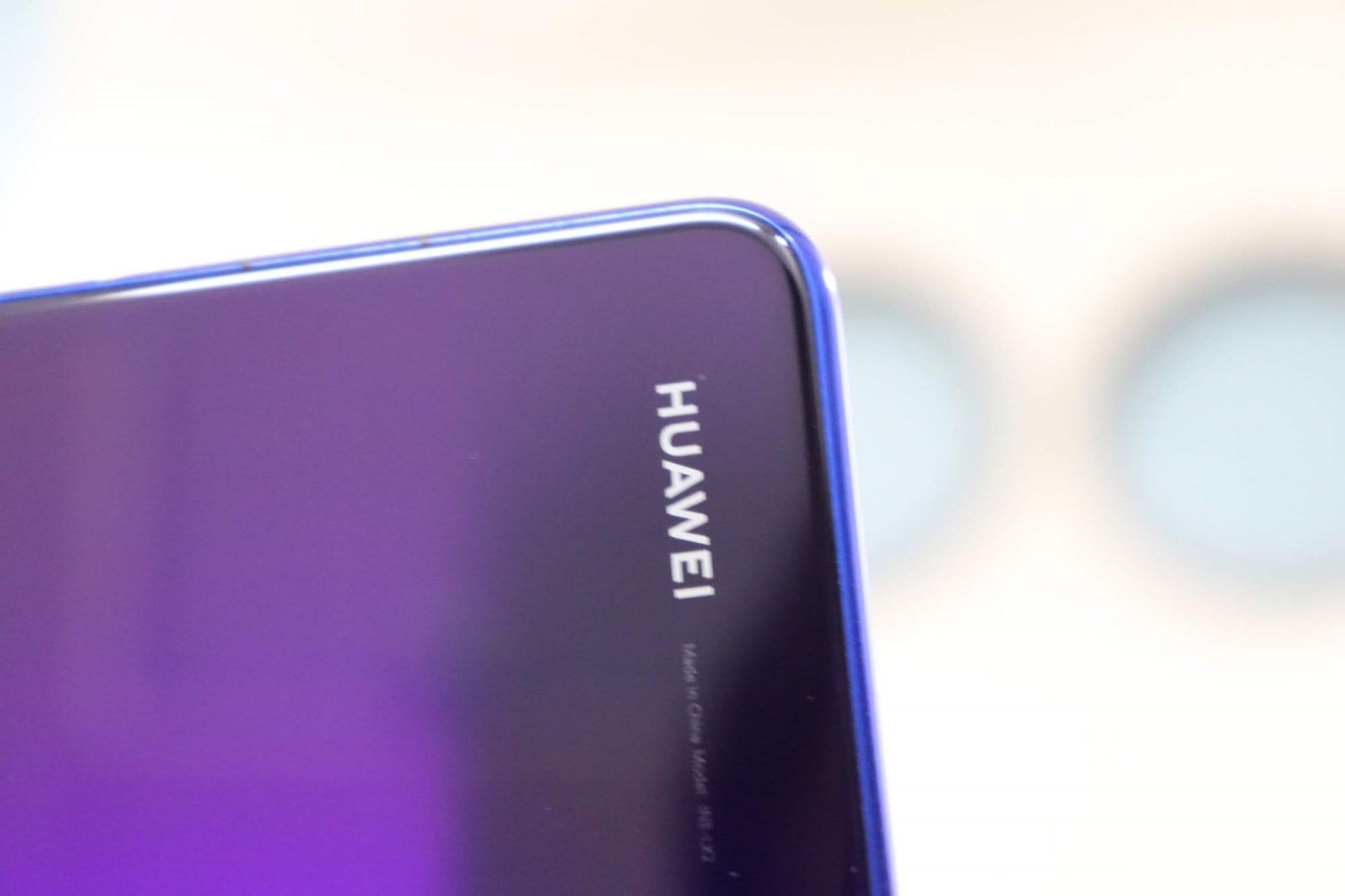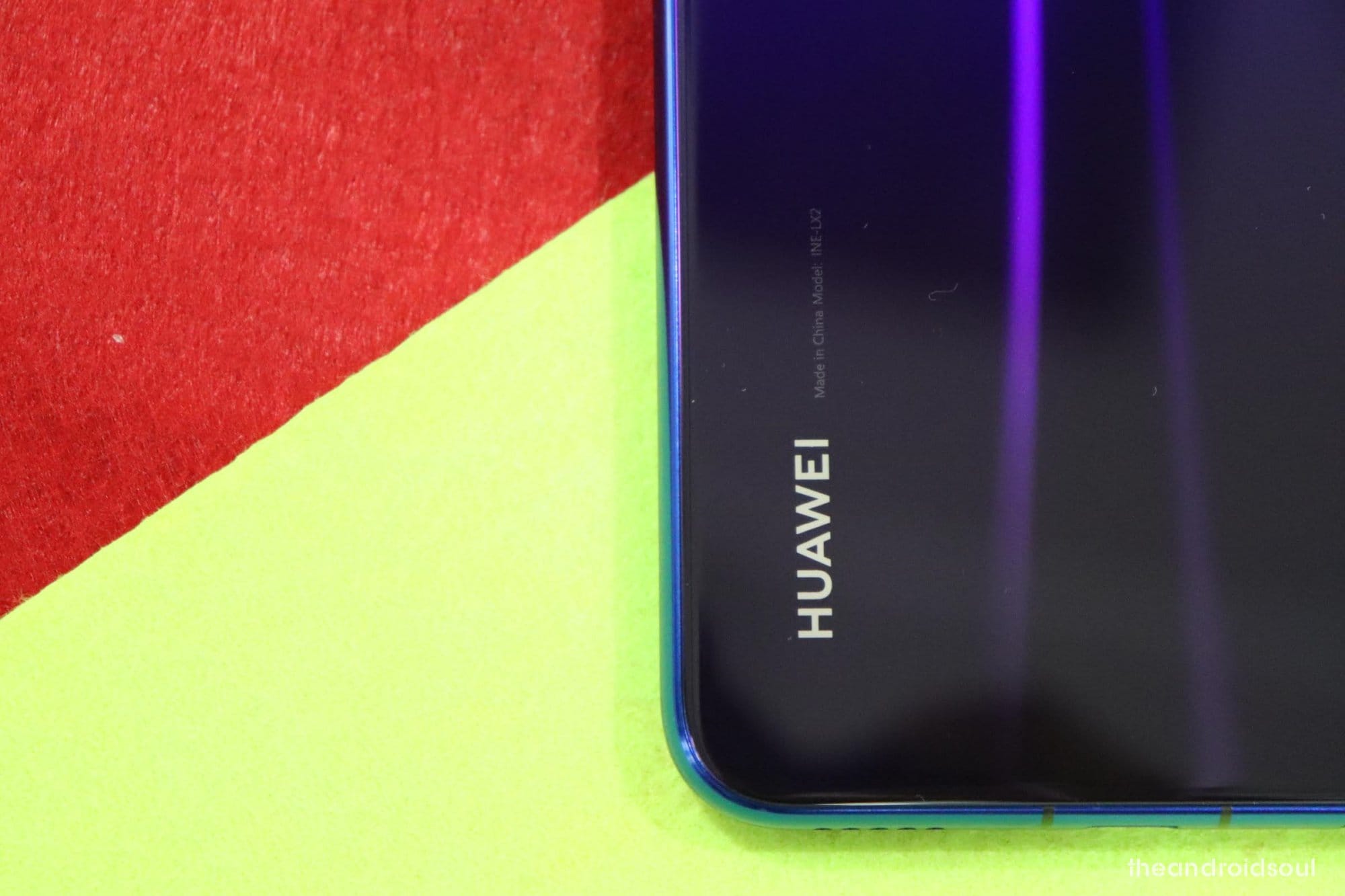In late 2017, Huawei revealed that it would begin selling its phones through U.S. carriers in early 2018. The Huawei Mate 10 Pro was expected to lead the way, but then things started going south for the company after it was denied this golden opportunity by the U.S. government citing cyber espionage and spying for the Chinese government.
While Huawei has strongly refuted these claims, the U.S. government has been relentless in its efforts to ensure the Chinese telecommunications company doesn’t get to do business with not just its companies, but also companies from other countries outside China.
In the latest attempt to ensure the rest of the globe doesn’t trade with Huawei, the U.S. government has forced Google to ban Huawei from accessing core aspects of the popular Android OS, among them Google Play Store services and Google Apps like Gmail, YouTube, and so on.
It’s often said that whenever two bulls lock horns, it’s the grass beneath that feels the wrath. In this case, it’s the millions of people across the globe using Huawei phones that are set to feel the pain, but it seems all is not lost.
That said, let’s take a closer look at the implications of Google’s Huawei ban in a two-pronged analysis: What’s really bad, and what’s not so bad.
What’s really bad!
Following President Trump’s directive to ban U.S. companies from doing business with international companies (read Chinese companies) that make equipment “that pose a national security risk”, we are only but getting to know the aftermaths of this war on Chinese tech firms.
No access to the Play Store, Play Services, Gmail, etc. for new devices
Reuters notes that “Google has suspended business with Huawei that requires the transfer of hardware, software and technical services except those publicly available via open source licensing…” What this means is the Chinese company will only have access to Android Open Source Project (AOSP), the version of the OS that doesn’t bundle all of the Google services you know of, including the popular Play Store, Gmail, YouTube, and so on.
With no access to the Play Store and other Google services, your (new) Huawei device will be rendered useless if you are completely into Google’s ecosystem of apps, to say the least. Of course, this is unless you can recreate an alternative to Google services that works just as perfect.
No more Android OS updates
But even if you succeed in doing so, there is still the issue of future Android OS updates and regular security updates, the latter of which is even more interesting given that Android Q could debut the support for receiving security updates via the Play Store.
This would essentially lock out Huawei devices from receiving regular security updates as provided by Google. Although Huawei can make do with AOSP code to publish software updates, that’s not the best way to go about it.
It may spread outside the U.S.
While Google’s ban would have meant nothing significant to Huawei with respect to the U.S. market, the fact that it affects all markets outside China poses a huge problem for the Chinese company.
Outside China, Huawei dominates in markets like Russia, Mexico, Saudi Arabia and Italy and over the recent past, tremendous growth has been recorded in European countries like Germany, the UK, Turkey, Spain, and France, which is where the company will be hit the hardest if America succeeds to convince these countries of Huawei’s alleged threat to security.
Delay in 5G
Since America is wary of Huawei’s efforts to dominate the 5G market, we could also see a major delay in the deployment of this technology in Europe, Asia and other markets that heavily rely on Huawei equipment for telecommunications. On the brighter side, there’s some hope since these governments aren’t fully in sync with the Trump administration, but for how long we don’t know.
If a country decides to not use readily available Huawei 5G equipment, this may also mean a delay in launching the 5G services as they will have to wait for another partner.
What’s not so bad
Statements from both the U.S. Department of Commerce, Huawei and Google bring some respite!
Current devices can access Gmail, Play Store, Play Services, etc.
In the middle of all these, there’s still a ray of hope. Google has released a statement confirming that despite the ongoing issues between Beijing and Washington, existing Huawei devices won’t be affected.
Devices already sold will continue to have access to the Play Store, Play Services, Gmail, YouTube, Google Maps, etc.
A 90-day Temporary General License
The U.S. Department of Commerce has issued a statement confirming the lifting of the ban for 90 days beginning May 20. During this period, affected companies are expected to work out alternatives to Huawei with respect to this ban. The Department also notes that it will evaluate whether to extend what it calls Temporary General License beyond 90 days.
Current devices will receive Android security updates
Regular security updates will keep trickling in and so will the services of Google Play Protect. In a statement, the Chinese vendor assures current owners of Huawei devices that security updates and after-sales services won’t be affected even after this ban.
Unfortunately, future Android OS upgrades will be affected and so will unreleased Huawei phones. On the brighter side, there could be an alternative.
An alternate OS is being planned by Huawei
This ban has been coming which is why Huawei had already started early preparations just in case. Earlier this year, Huawei confirmed ongoing works on an alternative OS to Android just in case something like this happened. However, details of if and when this OS will be released are still unclear. We should start seeing more about it now that the occasion it was created for is here.
In a statement responding to Google’s ban, Huawei says it “will continue to build a safe and sustainable software ecosystem, in order to provide the best experience for all users globally.”
Huawei has AOSP for OS updates
As already pointed out, Huawei can still access AOSP code, which can be turned into a fully functional Android OS, much like what happens with LineageOS. A good number of custom ROMs don’t include Google Apps and services, rather, they have to be installed manually. Huawei could turn to such a model while still utilizing its long-serving EMUI skin on top, which most Huawei users are more familiar with than AOSP.
Conclusion
The question is how many consumers will be willing to buy a Huawei phone that still requires some nerdy tweaks in order to work?
In fact, how many consumers know about sideloading apps on their phones?
Probably you, me and a few others, but for the tens of millions who use Huawei phones, the decision to ban Google services could end their love affair with the Chinese tech giant.














Discussion